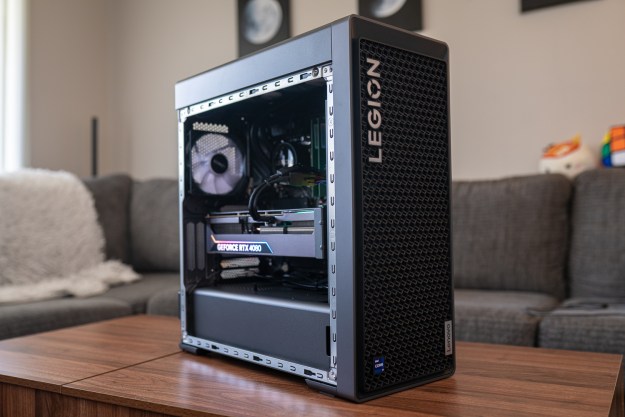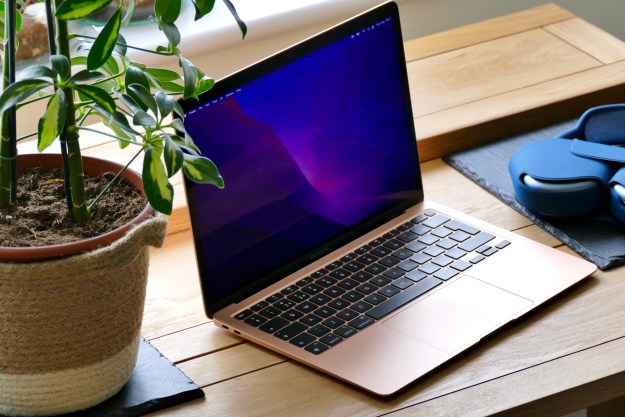
Newly-public online streaming service Pandora has announced that over 100 million users have registered for accounts with the service, and some 36 million of those represent monthly active users—meaning they’re not just inactive or abandoned accounts, but folks actively tapping into the service. The company claims those numbers translate into a 3.6 percent share of all radio listening in the United States—although radio is still where the majority of U.S. music listeners catch music.
Pandora made the announcement at the company’s first analyst day.
Last month, Pandora launched its initial public offering, taking the company public after years of running off funding from private investors and a bit of subscriber revenue. Although just a few years ago things were looking dark for Pandora and all Internet music streaming businesses—changes to copyright law were set to price them out of business—Pandora has successfully surfed the mobile technology revolution and become a popular add-on service for everything from smartphones and tablets to clocks, televisions, iPod docks, home theater systems, automotive audio, and more. Of course, part of what has enabled Pandora to thrive is sharing information about its users with advertisers and marketers—Pandora’s mobile app data sharing is currently a subject of a criminal investigation, along with many other mobile services.
Editors' Recommendations
- This dual-PC desktop is insane in more ways than one
- Hackers are trying to sell a haul of more than 73 million user records


